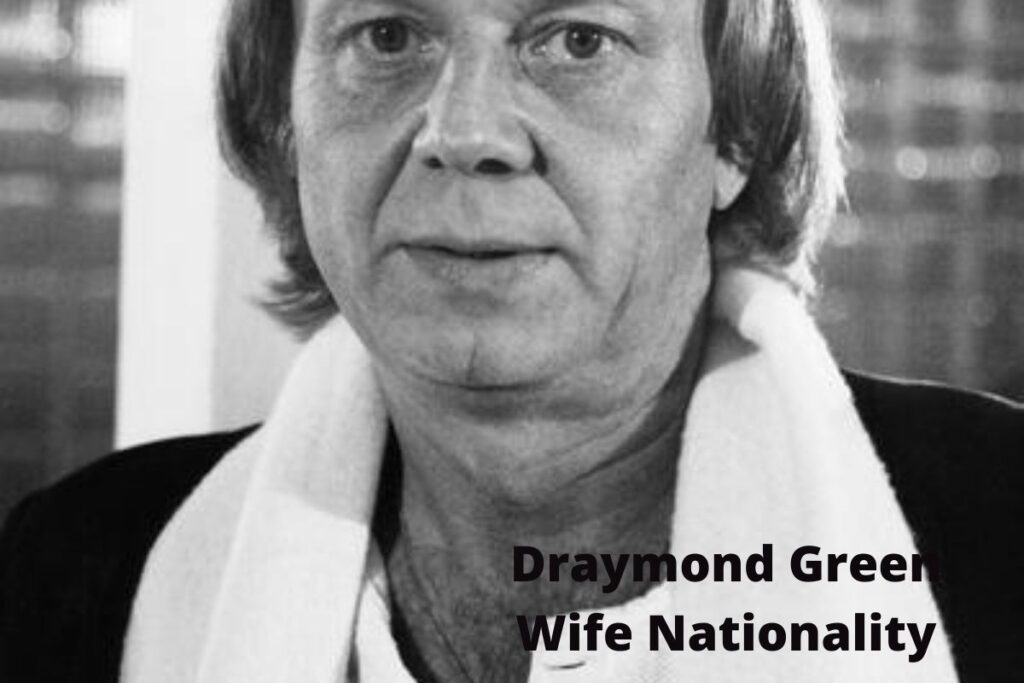Petersen, Wolfgang The Never Ending Story, Enemy Mine, In the Line of Fire, Outbreak, Air Force One, Troy, and Poseidon all benefitted financially from Wolfgang Petersen’s direction and writing. Petersen is a German filmmaker who is most recognized for his work in World War II-themed films like Das Boot. Peterson, a native of Prussia, settled in a sleepy German town. It was in 1953 that he first directed a production at the Gelehrtenschule des Johanneums in Hamburg. For the 1981 picture about the war in the submarines during World War II, Das Boot received two Academy Award nominations (1981). For those wondering, Wolfgang Petersen is worth about $20 million.
On the following page, you will find specifics about Wolfgang Petersen’s wealth, including the total of his income, assets, and property.
Contents
Wolfgang Petersen Net Worth 2022 @ $20 Million
German filmmaker and screenwriter Wolfgang Petersen has an estimated net worth of $20 million.
Where does Wolfgang Petersen currently reside? House and Property of Wolfgang Petersen. This is the home of the German film director.
The outbreak, In the Line of Fire, Air Force One, The Perfect Storm, and Troy (2004) are just a few of Petersen’s well-known films. For his work on the 1981 film Das Boot, about the wartime exploits of a German submarine, he received an Academy Award nomination for Best Director.
Wolfgang Petersen Cars collection
The outside of the museum was renovated as part of the overall project. It used to appear like any other building in Los Angeles, but it’s been renovated inside and out to become an exciting addition to the city’s architecture, right up there with the Walk Disney Theater. In my opinion, this enhances the cityscape, so take a stroll around the outside on your next trip.
Wolfgang Petersen Biography
In his films, which are best described as “part action movie, part disaster movie,” this director appears to be at his most effective. At the outset, we have Outbreak (1995), a film about the spread of a deadly virus. In some ways, this film resembled Irwin Allen’s The Swarm (1978), a disaster film about a plague of killer bees. Helicopters were a common sight in both films, as were scenes of conflict between military and scientific characters.
5 Possible Opponents for Chris Gonzalez After Bellator 273 Win
Then in 2006, there was Poseidon, a film about an overturned passenger ship. While Outbreak only alluded to an Irwin Allen remake, it was made clear that Poseidon was indeed a reimagining of Allen’s The Poseidon Adventure. Petersen’s latest action/disaster film, “The Rise of Poseidon,” was his absolute worst. Our director made the same mistake as the one in The Perfect Storm by using phony CGI seawater throughout the film, and the acting and script were both terrible.
Director Wolfgang Petersen first found success in his native Germany before breaking out internationally with the suspenseful submarine thriller “Das Boot” (1981). This paved the way for a long and fruitful career making Hollywood blockbusters. American audiences were alerted to Petersen’s arrival after the success of “Das Boot” (1982) with his touching but visually dynamic children’s fantasy, “The Neverending Story” (1984). Not until “In the Line of Fire” (1993), a taut and well-received action thriller featuring a compelling cat-and-mouse dynamic between Clint Eastwood and his on-screen tormentor John Malkovich, did he have another success.
After that film’s financial success, Petersen’s career took a nosedive with 1995’s “Outbreak,” but he quickly recovered with 1997’s “Air Force One,” a sometimes silly and implausible thriller that harkened back to the action hits of the ’90s. Petersen’s “A Perfect Storm” (2000), a less-than-factual account of real-life events that struggled to recoup its financials at the box office, marked his transition into the next century by raising the stakes both onscreen and with his budget. It’s safe to say that after the even more bloated “Troy” (2004) and “Poseidon” (2006), Petersen had solidified his reputation as a fine technical director who, despite his early successes, unfortunately struggled later in his career to present compelling characters audiences could relate to.
Personal Life
Born March 14, 1941, in Emden, Germany; married Ursula Sieg (an actress; divorced 1978); married Maria Borgel, 1978; children: (first marriage) Daniel (a filmmaker). Education: Attended Deutsche Film-und Fernsehakademie Berlin (German Film and Television Academy Berlin); also studied theatre arts at drama schools in Berlin and Hamburg.
Is a German actor who was born on March 14, 1941 and has been married twice: first to actress Ursula Sieg (they divorced in 1978) and then to Maria Borgel (in 1978). They have two children together, named Daniel from their first marriage and Anna from their second (a filmmaker). Education includes time spent at Berlin’s Deutsche Film-und Fernsehakademie as well as training at acting schools in both Berlin and Hamburg.
follow our site dailyrealtime.com for more details we will give you the latest news daily.

